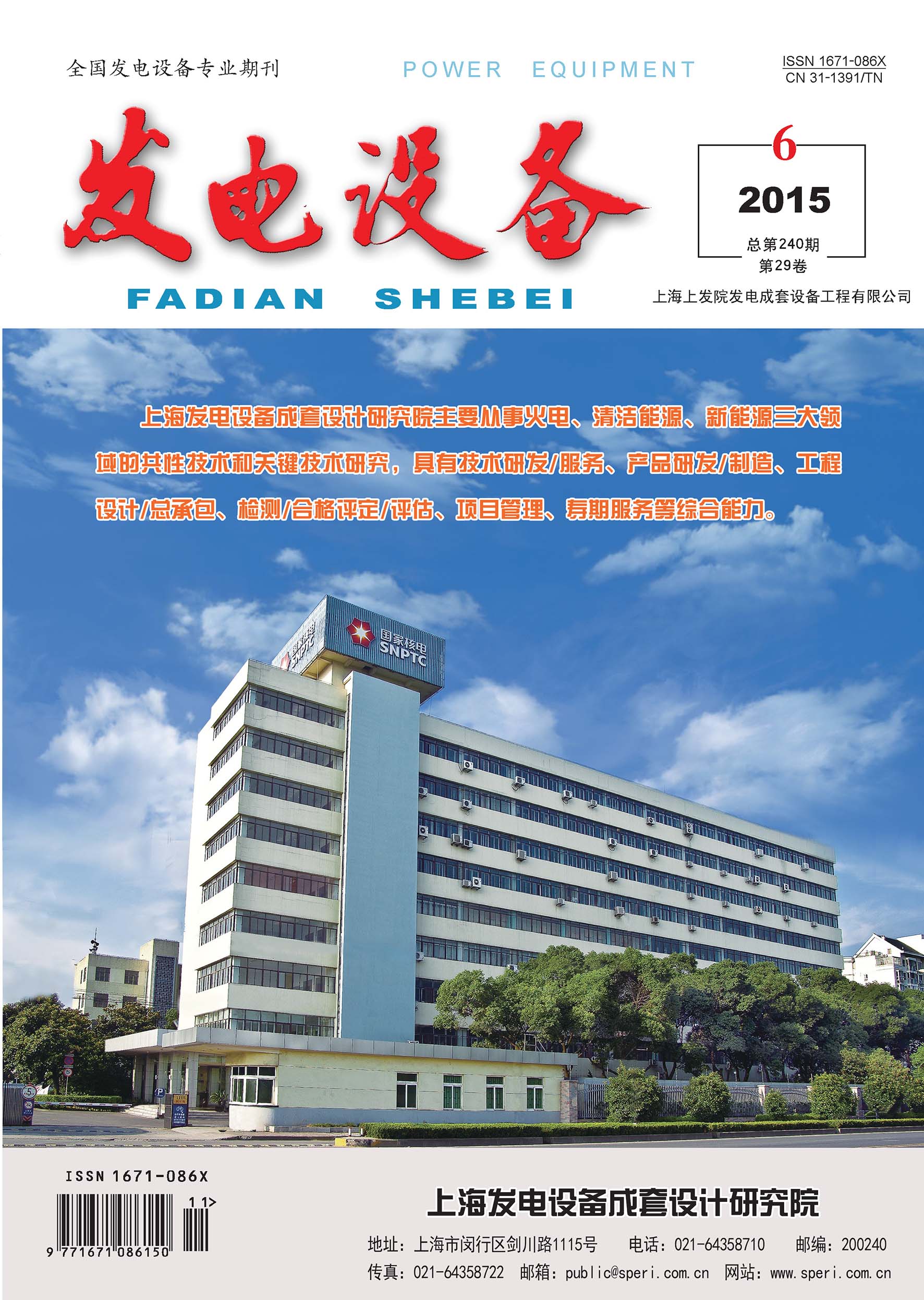Material Technology
Li Wenbo, Shen Dingjie, Xie Yi, Hu Jiarui, Ouyang Kejian, Liu Chun
2015, 29(6): 443-446.
Analysis was performed to the leakage at weld joint of T23 steels in service as low-temperature reheater tubes, and the reheating cracks formed at heat-affected zone of the weld were believed to be the main cause. There are two reasons leading to formation of reheating cracks: one is the stress concentration, resulted from compulsive alignment of the tubes during welding; the other is that the microstructure in heat-affected zone is coarse martensite with obvious pores, making the strength and toughness of the weld reduced, and therefore promoting the formation of reheating cracks.
